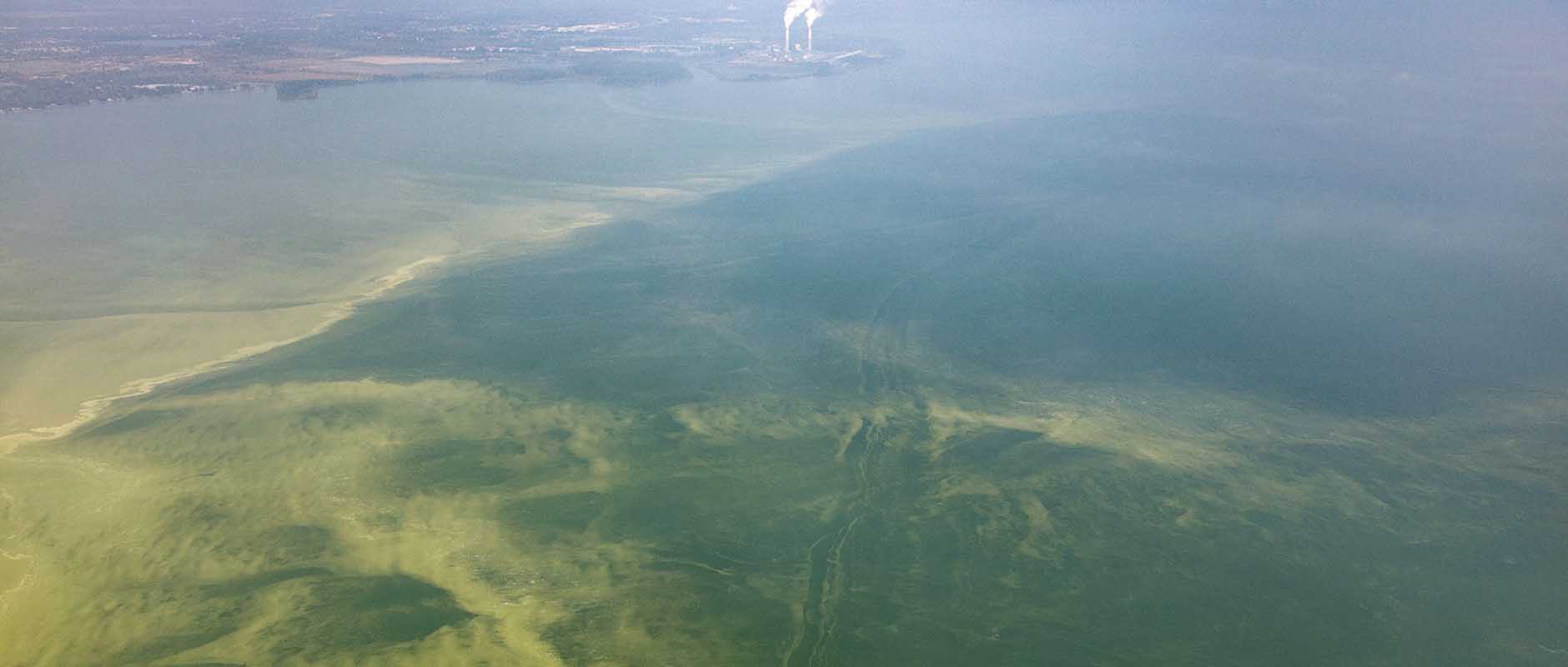Harmful algal blooms, also known as HABs, are a growing environmental problem around the world. These blooms occur when certain types of algae grow out of control, often as a result of excess nutrients in the water. While some algae are essential for aquatic ecosystems, HABs can be harmful to humans and marine life. They can cause respiratory issues, skin irritation, and other health problems in humans who come into contact with them. In this article, we will examine five algal blooms that occurred in 2022 and had significant consequences for public health, wildlife and businesses.
Lake Erie
It was no surprise to see toxic algae turning Lake Erie green in 2022, but what was unexpected was the type of algae and how long it stayed this year. The annual appearance of goopy scum on the lake typically lasts for about a month, but this year the algae bloom lingered well into November, continuing to grow after Halloween and perplexing researchers who are reviewing their forecasting models. According to Rick Stumpf, an oceanographer at the National Oceanic and Atmospheric Administration (NOAA) who leads Lake Erie algae forecasting, “This was long. It definitely dragged on for another month beyond some of the recent years.”
San Fransisco Bay
The algal bloom that occurred in San Francisco Bay in late July was a major event that had significant impacts on the local ecosystem and economy. The bloom was caused by an organism called Heterosigma akashiwo, and it is believed that climate change may have played a role in its development. The calm weather at the time may have contributed to the bloom by allowing sunlight to penetrate the normally turbid water of the bay, fueling the growth of the algae. The algal bloom had a number of negative consequences. It caused the reddish water of a red tide in the eastern part of the bay and spread to other parts of the bay, including Lake Merritt and the San Francisco shoreline. The bloom led to the deaths of countless fish, which ended up on beaches in Mare Island and near ferry terminals in Alameda. The bloom also had economic impacts, as it disrupted fishing and shellfish harvesting in the area.
Clear Lake
Clear Lake in California has experienced large blue-green algae blooms that have raised toxin concentrations to some of the highest levels ever recorded this early in the season. These toxins may be harmful to humans and can cause skin irritation, stomach upset, respiratory or neurological symptoms, and more. The blooms have caused the county to offer treated drinking water to residents with private water treatment systems, as their household water may not be safe to drink or use. The blooms have also caused a fish kill and a strong, unpleasant smell that can cause headaches and nausea. The cause of the blooms and the potential impact on the lake’s ecosystem is being investigated.
Oder River
At least 300 tons of dead fish were found in the Oder River in Germany and Poland this summer due to a man-made environmental disaster caused by toxic algae growth. The most likely cause of the algae growth was a sudden increase in salinity in the river, which led to the proliferation of a toxic brackish water algae that killed the fish. Satellite data showed a massive algae bloom in the river, and experts from environmental data analysis company Brockmann Consult, the Leibniz Institute of Freshwater Ecology and Inland Fisheries, and the University of Leipzig used chlorophyll concentrations as indicators of algal blooms to confirm the presence of the bloom.
Lake Ypacaraí
Lake Ypacaraí in Paraguay has experienced another harmful algal bloom, causing the water to turn a bright green color and emit a strong odor. The algal blooms are not toxic or dangerous to humans, but they can have negative impacts on the environment and local economies. The National Commission for the Management and Management of Lake Ypacaraí (Conalaypa) has been taking actions to address the issue, but the recovery period is indeterminate. The root cause of the blooms is high levels of contamination in the lake, largely due to a lack of a sanitary sewer system in the surrounding cities and a lack of resources and political will to address the problem. An investment of over $500 million is needed to build a treatment plant and sewerage system, which would also take a long time to fully restore the water due to the high levels of accumulated phosphorus and nitrogen.
